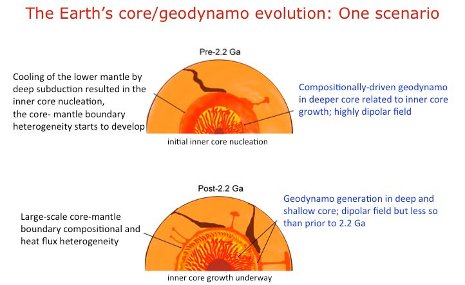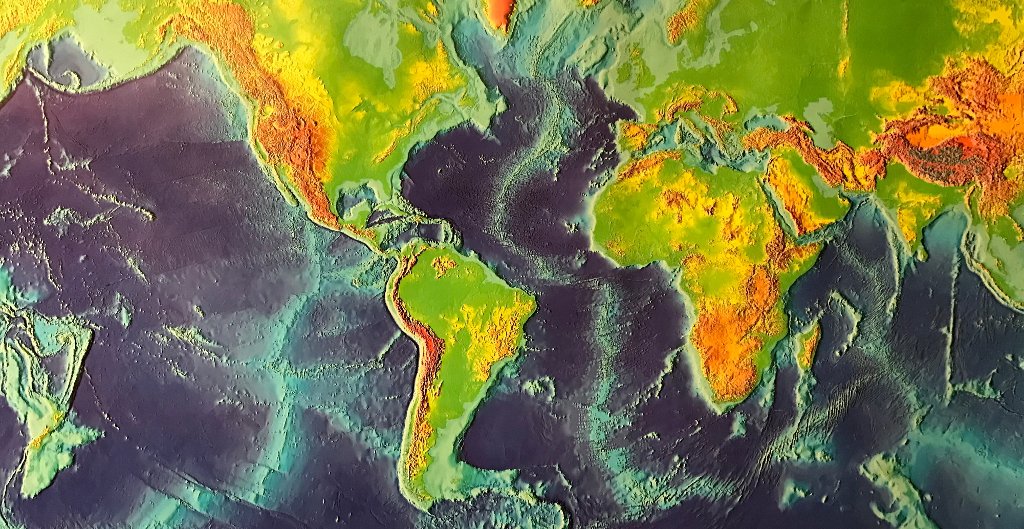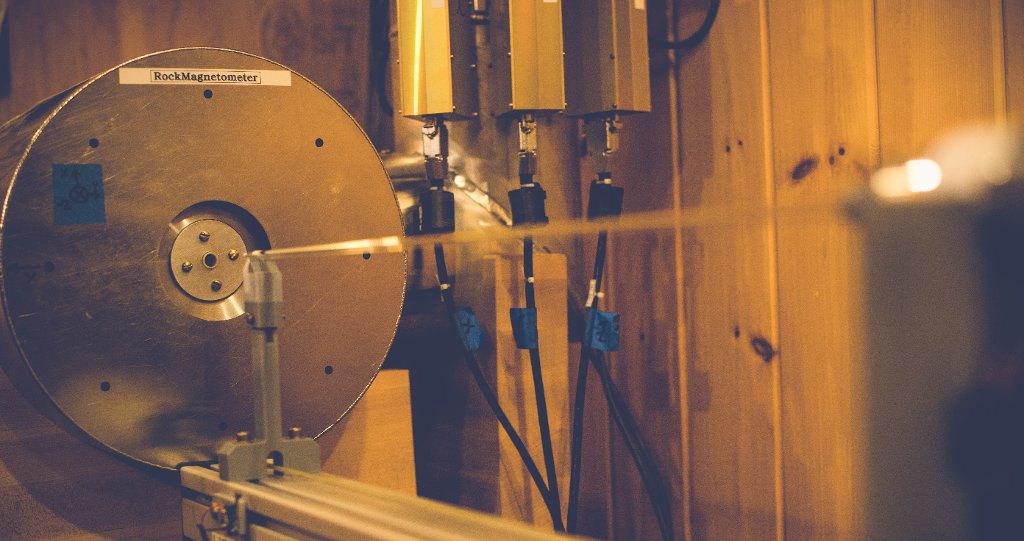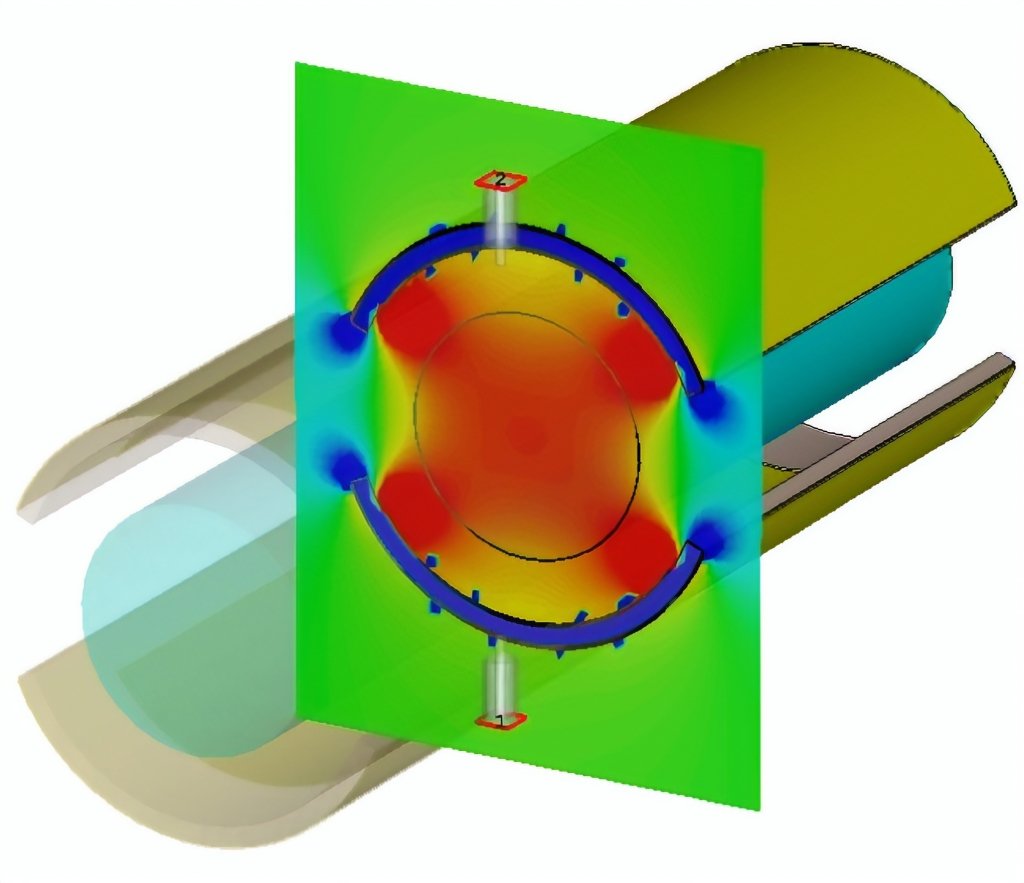How Old is the Earth's Inner Core? Tech Researcher Weighs in with New Evidence

Another discovery by a Michigan Technological University researcher could send shockwaves across the world of earth science.
Aleksey Smirnov, assistant professor of geophysics, with colleagues from the University of Rochester and Yale University, has discovered that the earth’s inner core could actually be at least 1.2 billion years older than previously thought.
“It’s a big deal to researchers in this basic science who thought the earth’s core was much younger, so to speak,” Smirnov says of his paper in the journal Physics of the Earth and Planetary Interiors. “They won’t be happy with it.”
Previously, Smirnov helped solve the mystery of how Siberian “traps”—large-scale basaltic formations—were formed, also a controversial finding.
Smirnov uses paleomagnetic data to do his research, measuring the magnetic fields in the oldest rocks on earth. By doing so with samplings from around the globe, he was able to estimate the age of the inner core, which he claims is also related to the start of plate tectonics.
“In the process of plate subduction, one plate goes under the other, sinking towards the Earth’s core,” he says. “When this ‘cold’ subducted plate material first reached the liquid core boundary, that could initiate the formation and growth of solid inner core.”
This geodynamic process, also dramatically changing the magnetic field behavior, happened longer ago than was previously thought, Smirnov claims, because he can see those changes recorded in very old rocks.
He also takes into account the continental drift that has taken place over time, including in India, where he will be going next to gather more data, thanks to a National Science Foundation grant of $204,359.
“We have studied formations that would have been dispersed around the globe, and we can measure the differences in magnetism from 5 to 195 million years ago versus 1 to 2.2 billion years ago versus 2.2 to 3 billion years ago,” he says.
For his current research, he used data from 28 locations around the world, and he’ll add to that information database, thanks to NSF. He’ll be taking a graduate student, Elisa Piispa, with him when he goes to India to continue his research. “This will be her dissertation work,” Smirnov says.
The geophysicist has previously researched rock formations in western Australia and Canada. “This work can be done anywhere Precambrian formations occur,” Smirnov says. He began his paleomagnetic research as a graduate student in Russia.
Now, he’ll pass on his knowledge on to Piispa, as they seek to solve the great mystery of the age of the earth’s inner core.
Michigan Technological University is a public research university founded in 1885 in Houghton, Michigan, and is home to more than 7,000 students from 55 countries around the world. Consistently ranked among the best universities in the country for return on investment, Michigan’s flagship technological university offers more than 120 undergraduate and graduate degree programs in science and technology, engineering, computing, forestry, business and economics, health professions, humanities, mathematics, social sciences, and the arts. The rural campus is situated just miles from Lake Superior in Michigan's Upper Peninsula, offering year-round opportunities for outdoor adventure.




Comments